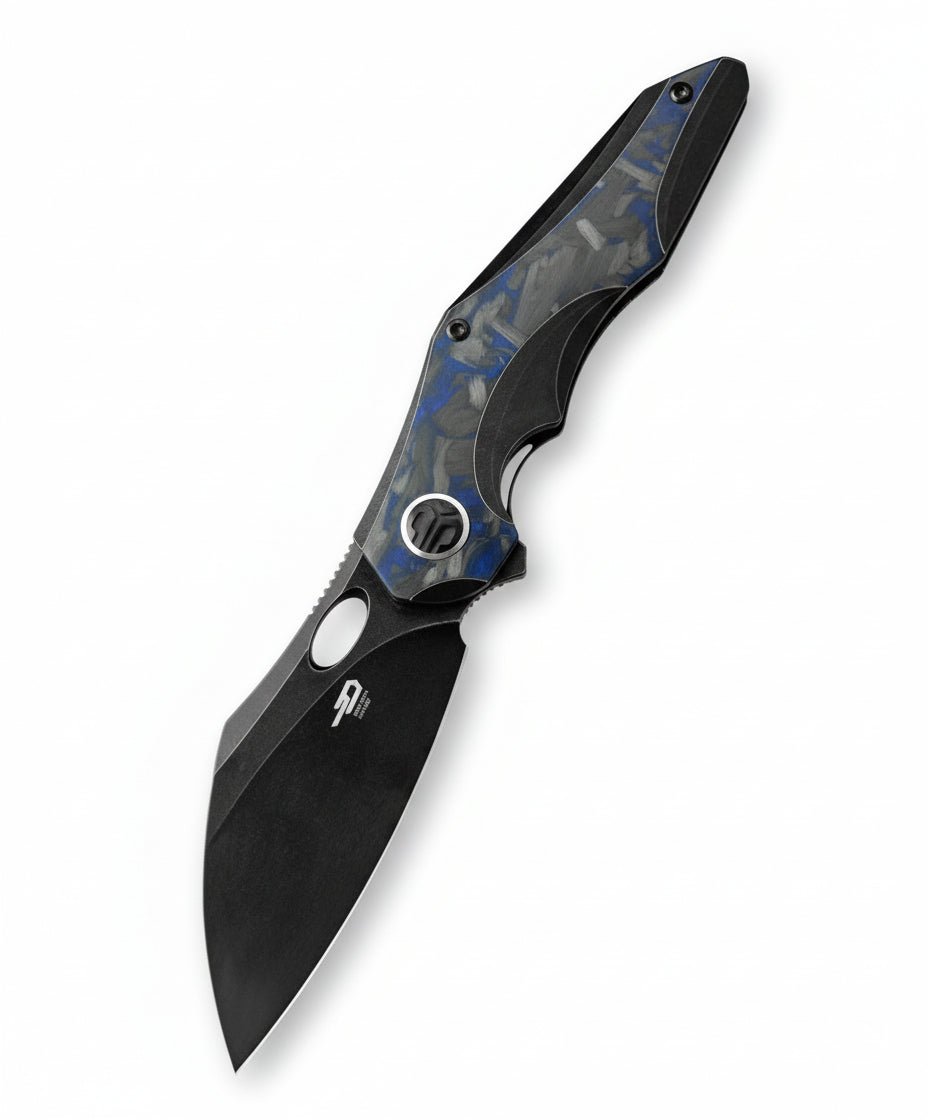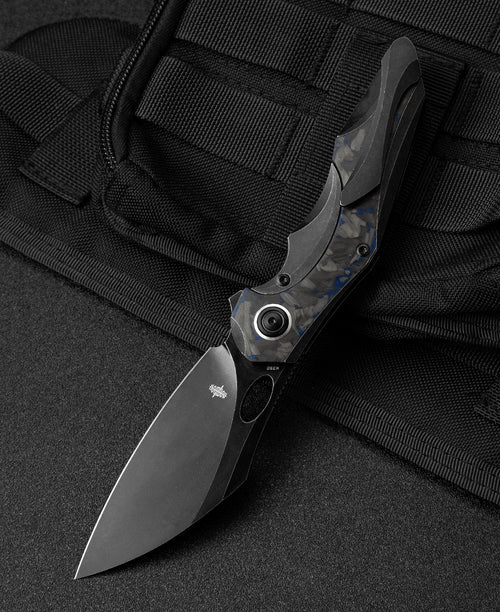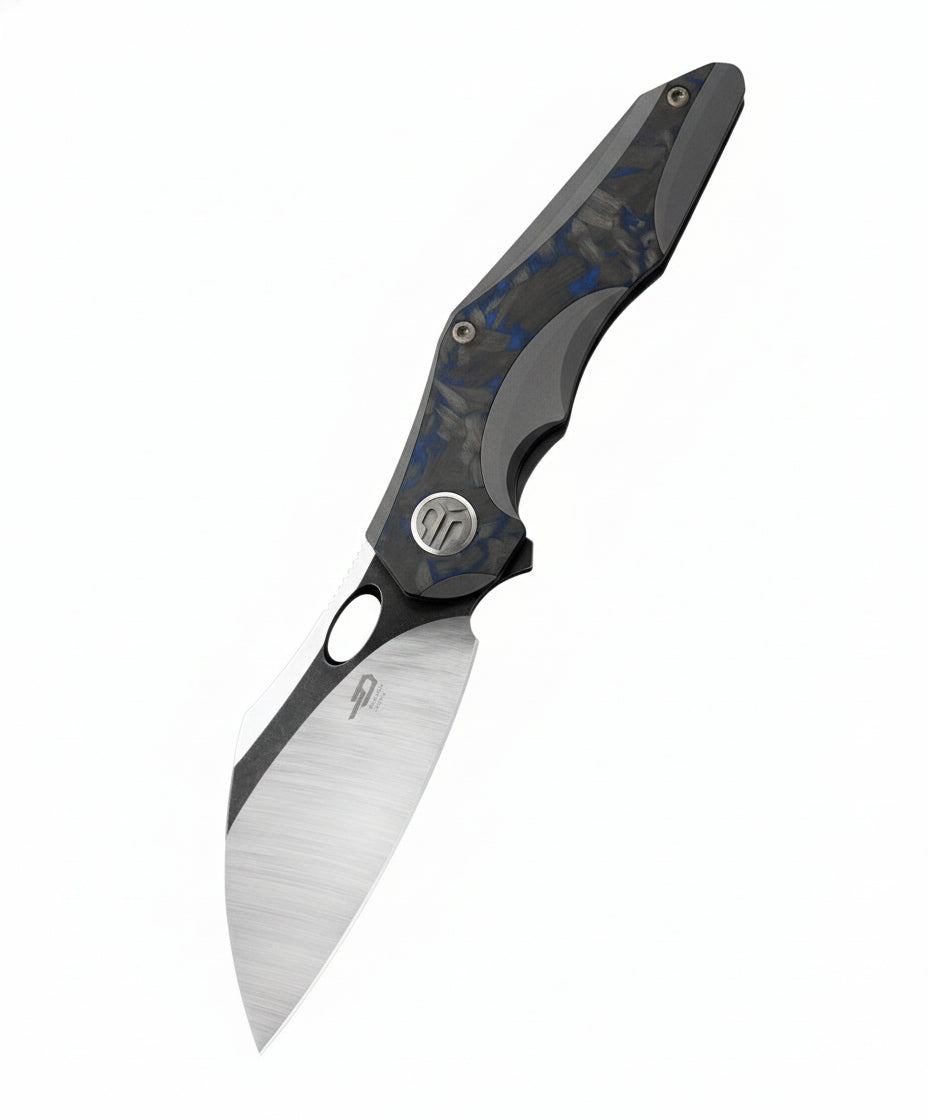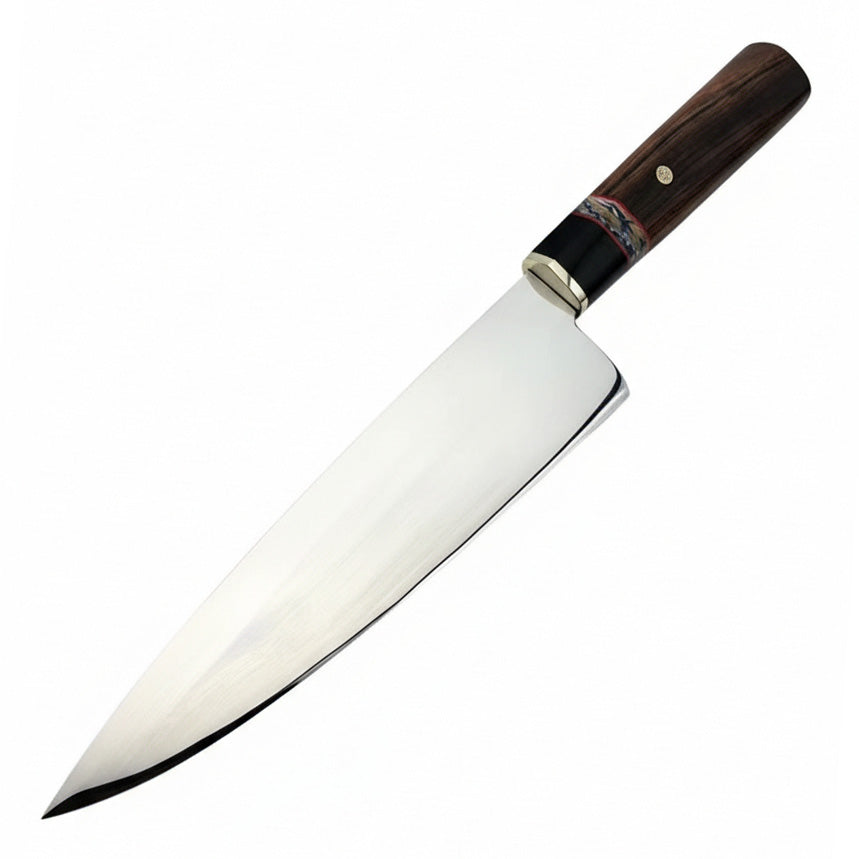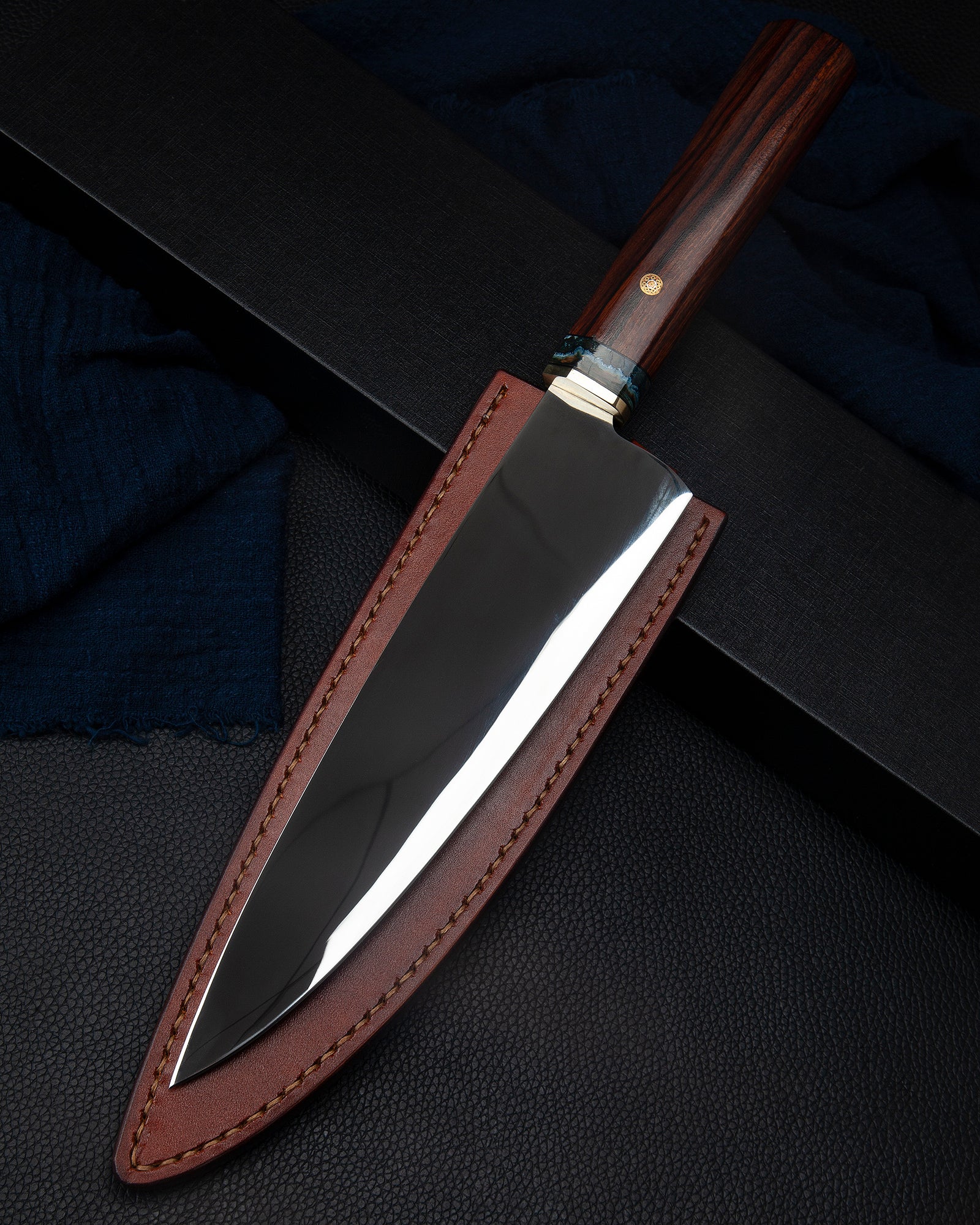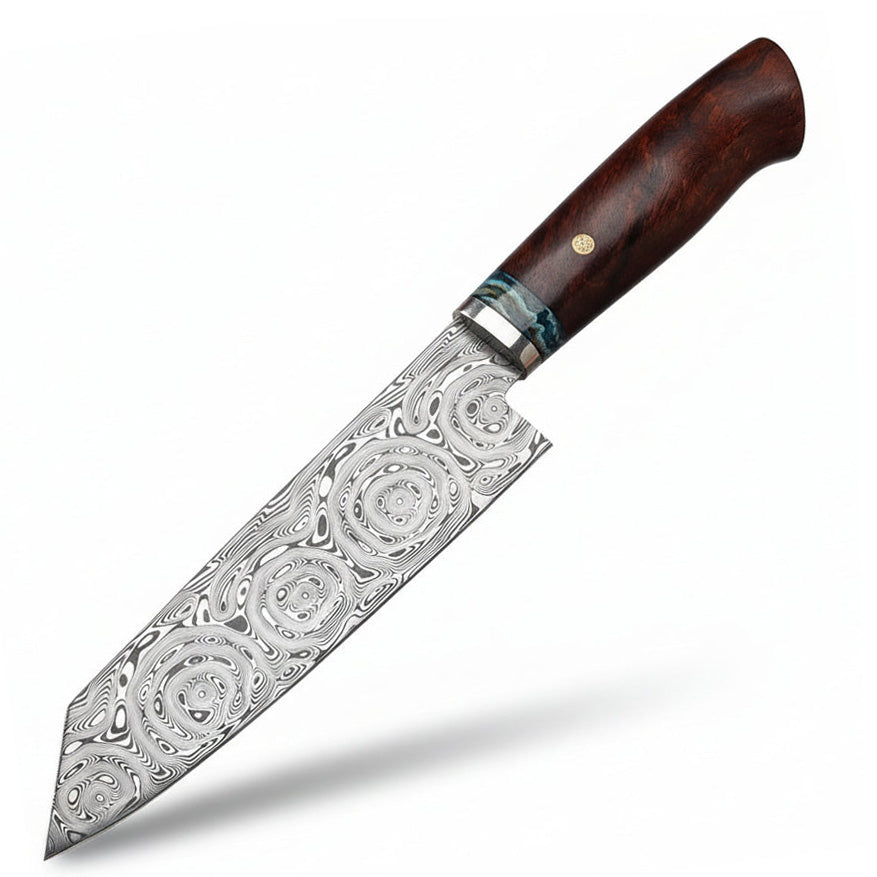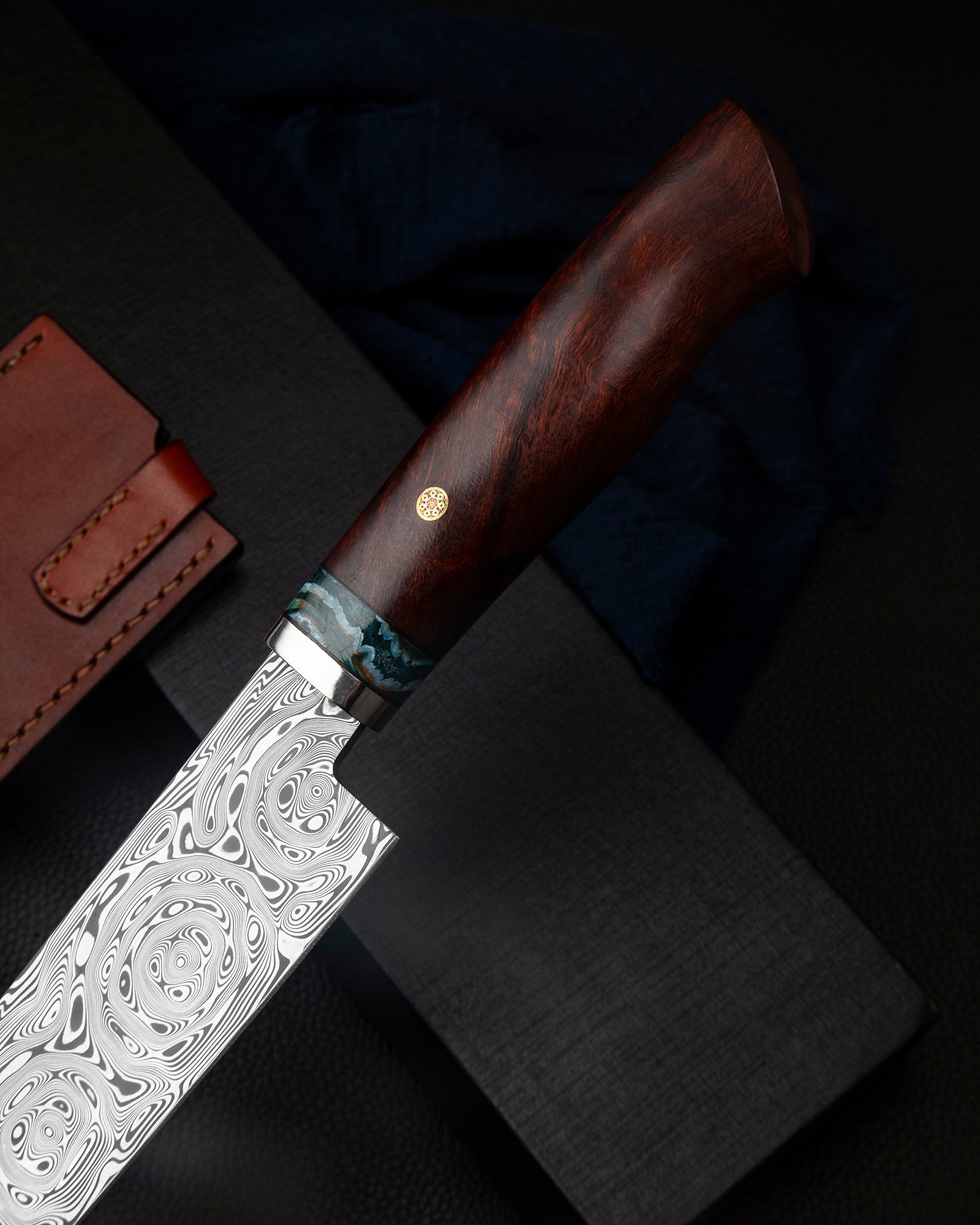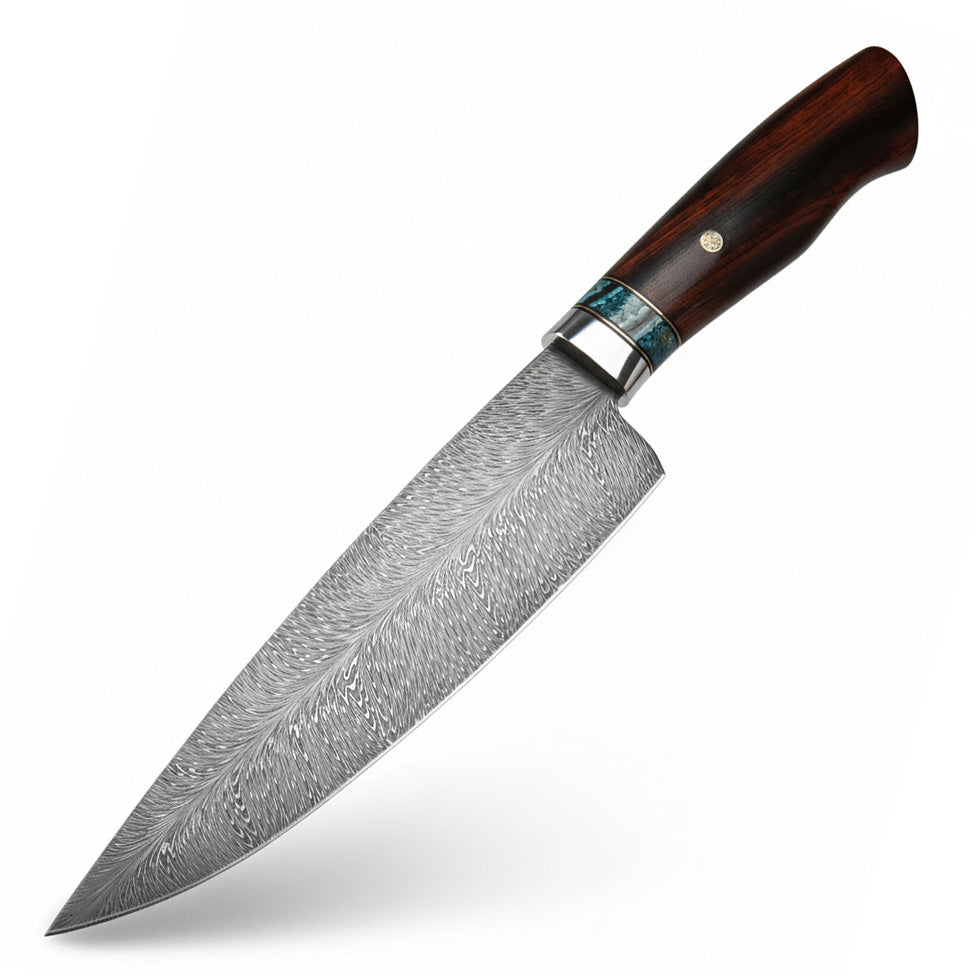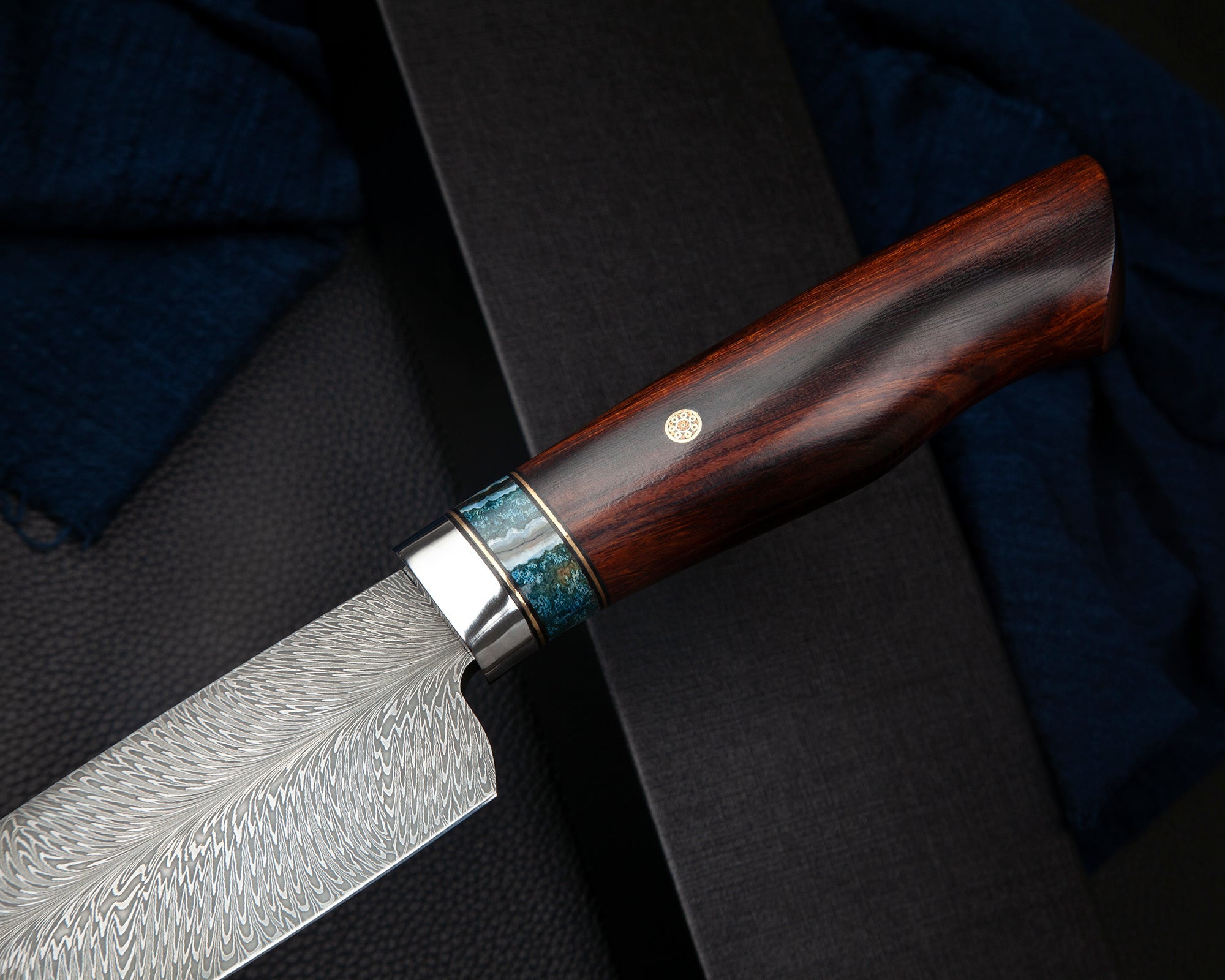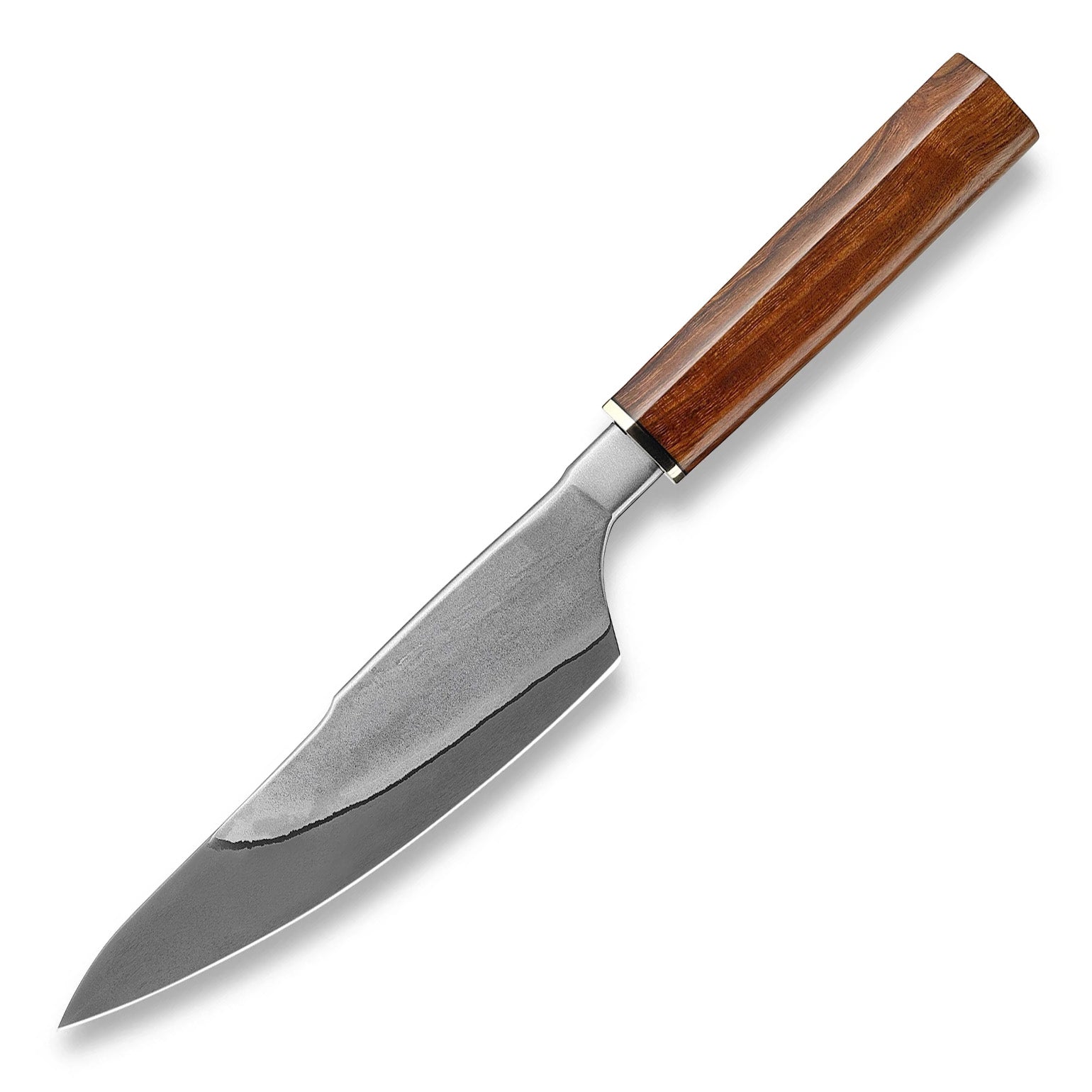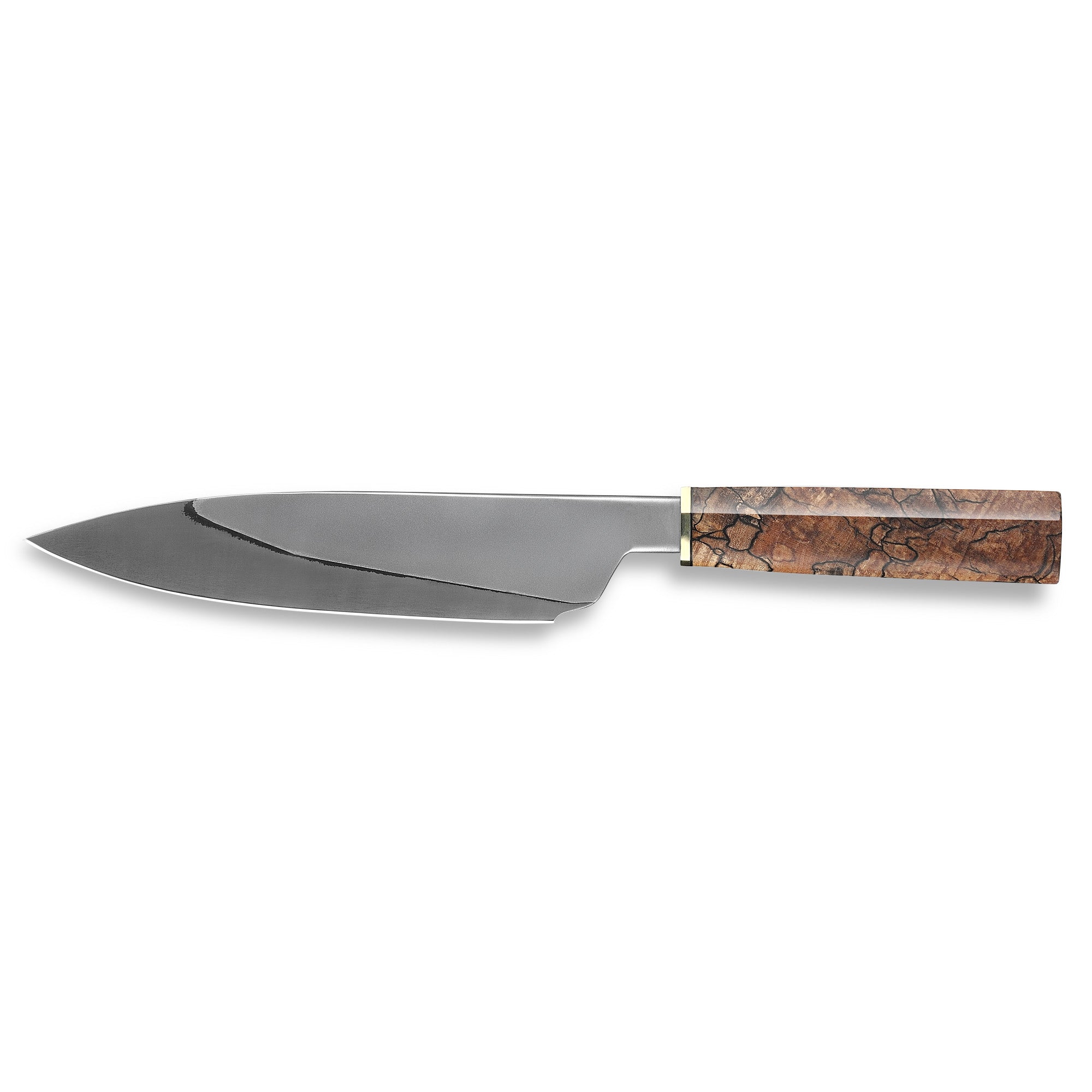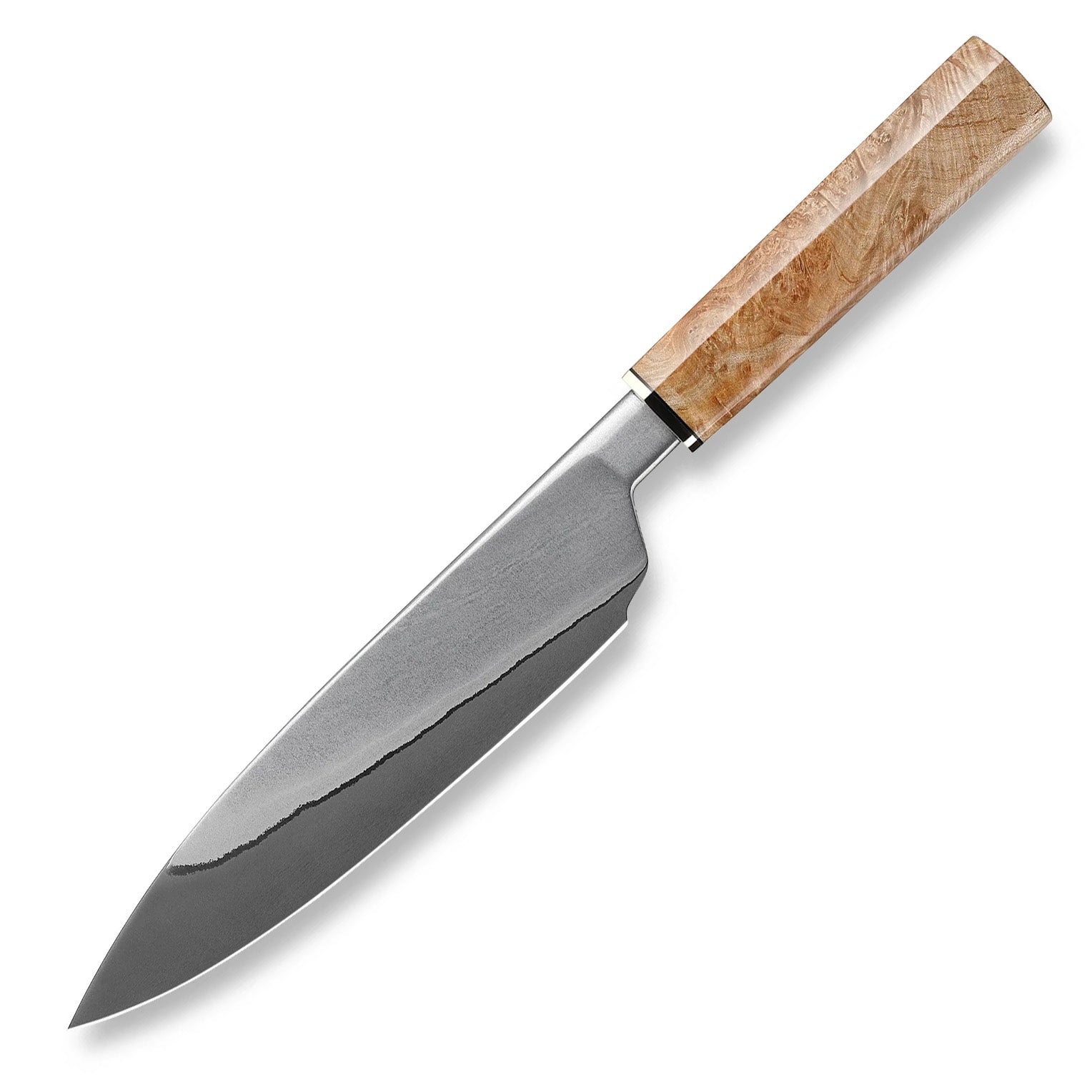```html
When it comes to choosing the right steel for your blade, the options can be overwhelming. Two popular choices are 1095 and H1 steel. But which one is better? Let's dive into the details to help you make an informed decision.
What is 1095 Steel?
1095 steel is a high carbon steel known for its toughness and ability to hold a sharp edge. It contains around 0.95% carbon, making it a popular choice for knives and tools that require durability and strength. With proper heat treatment, 1095 steel can be hardened to achieve excellent edge retention.
What is H1 Steel?
H1 steel, on the other hand, is a nitrogen-based steel that is highly corrosion-resistant. It is often used in marine environments where exposure to saltwater can cause other steels to rust. H1 steel is known for its ability to maintain its sharpness even in harsh conditions, making it a great choice for diving knives and fishing tools.
Strength and Durability
When it comes to strength and durability, 1095 steel is a top contender. Its high carbon content gives it excellent toughness, making it ideal for heavy-duty tasks. However, H1 steel shines in terms of corrosion resistance, making it the preferred choice for applications where rust is a concern.
Edge Retention
1095 steel is known for its ability to hold a sharp edge, especially when properly heat treated. On the other hand, H1 steel may not hold an edge as long as 1095 steel, but its corrosion resistance makes it a valuable option for tasks where exposure to moisture is a constant factor.
Conclusion
In the debate between 1095 and H1 steel, the choice ultimately depends on your specific needs. If you prioritize edge retention and toughness, 1095 steel is an excellent choice. However, if corrosion resistance is a key factor for you, H1 steel may be the better option. Consider the intended use of the blade and the environment it will be exposed to when making your decision.


